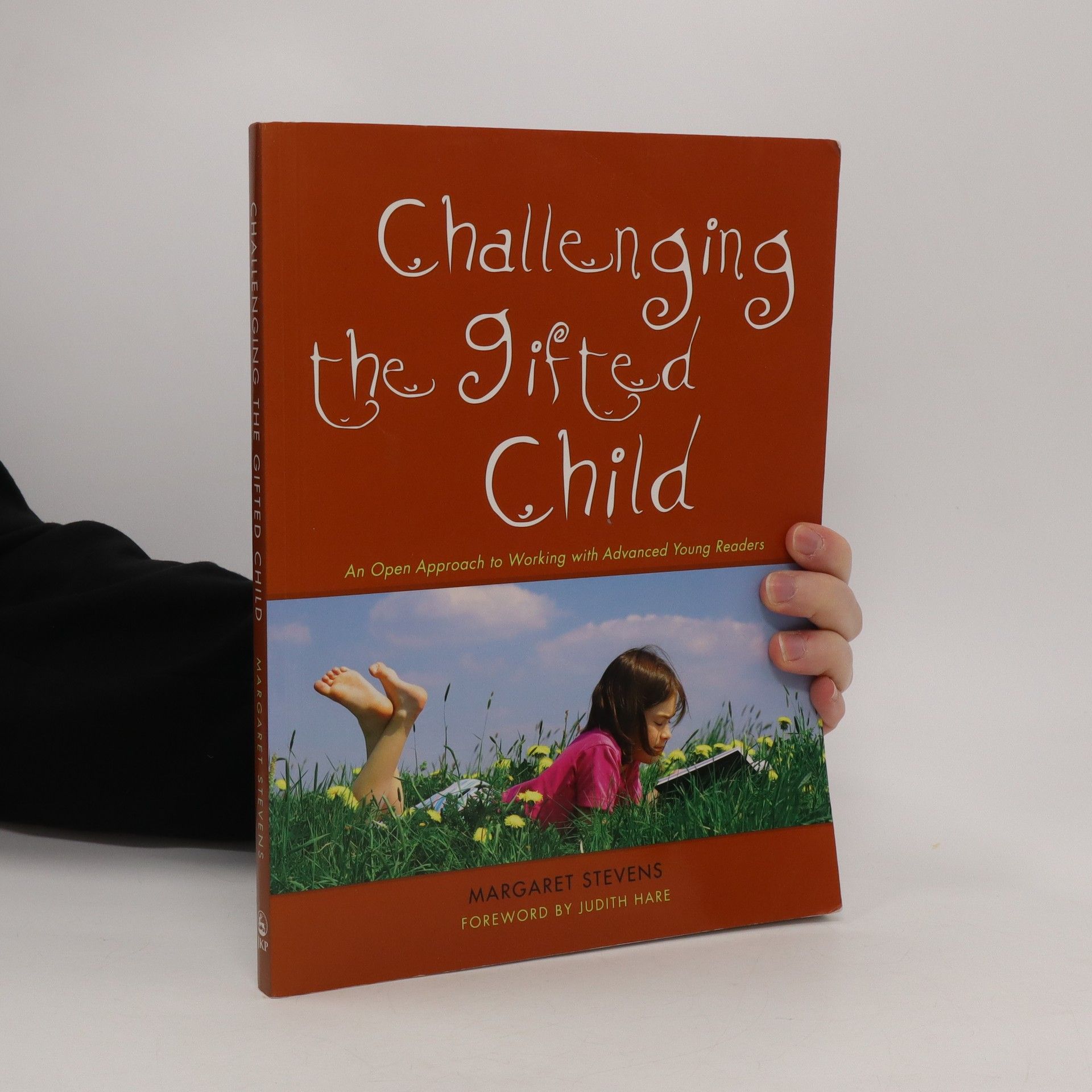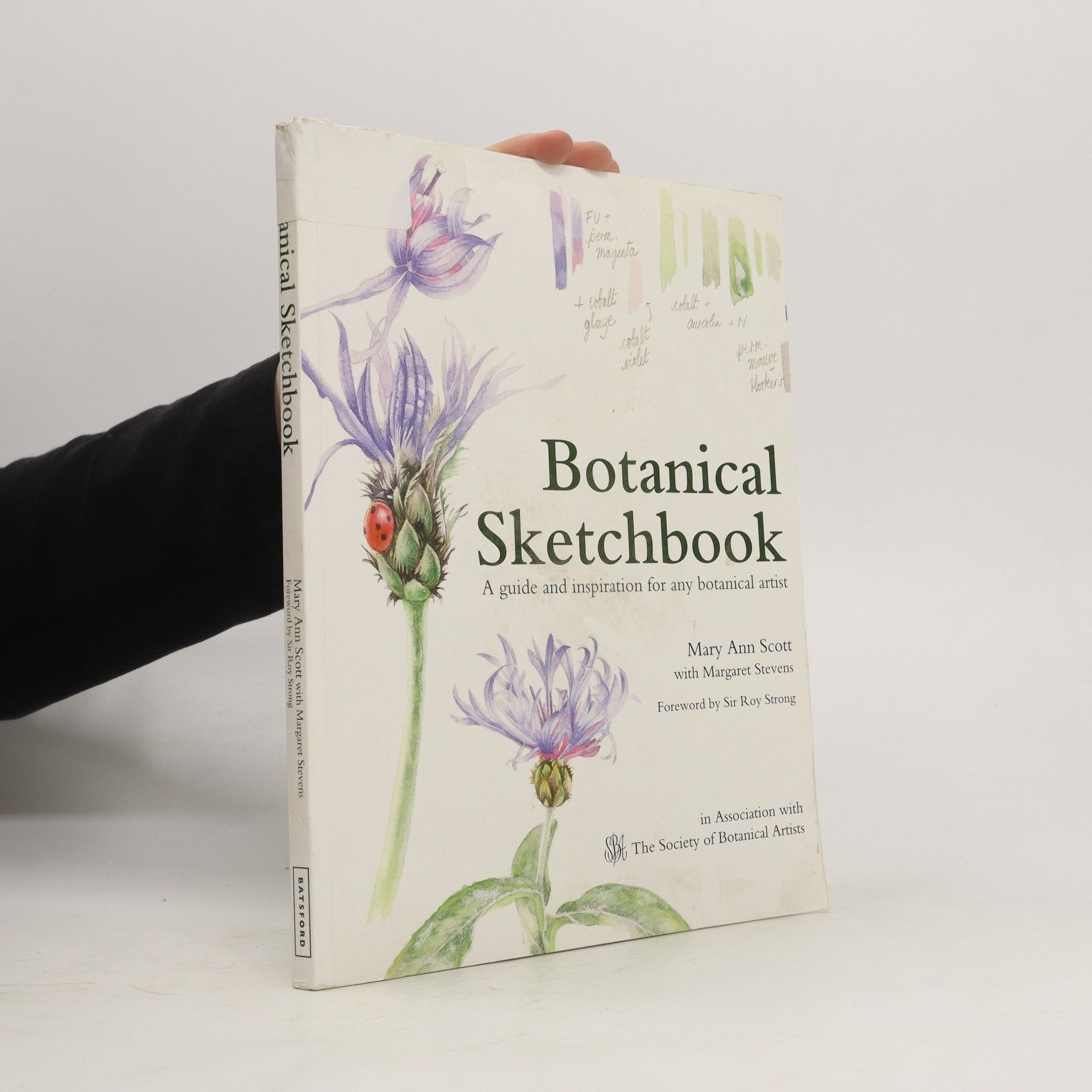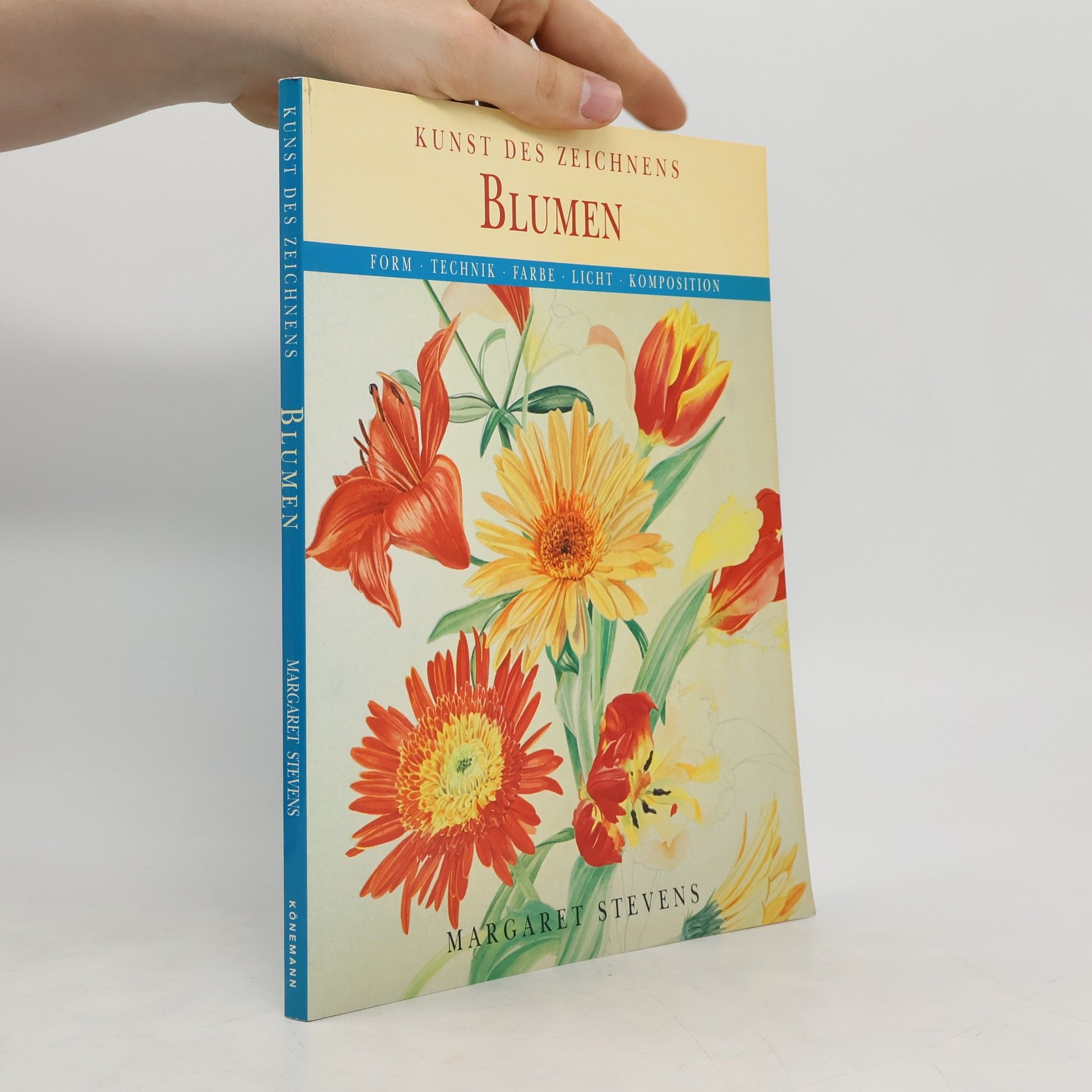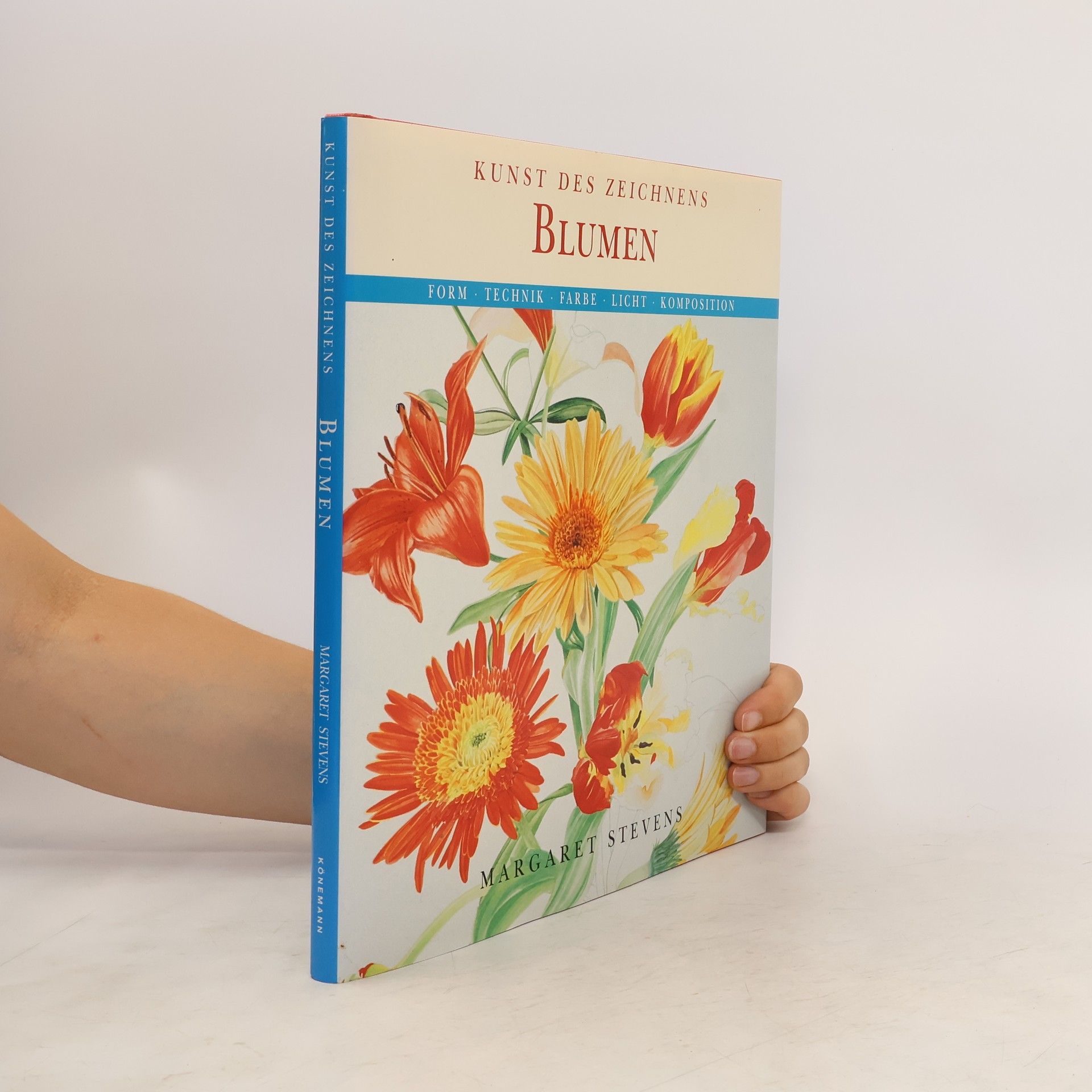Blumen
Kunst des Zeichnens






Kunst des Zeichnens
This is the definitive instructional guide to the art of botanical illustration, published in association with The Society of Botanical Artists and featuring detailed step-by-step demonstrations by members of the Society.
This is the story of one woman's journey from amateur painter to botanical artist, told through the sketchbooks and paintings she produced for the Distance Learning Diploma Course run by the Society of Botanical Artists. Packed with advice and tips, this book will serve as a guide and inspiration to anyone wanting to embark on life as a botanical artist. This book is both a showcase of Mary Ann Scott's work and a record of her achievements, including first-hand accounts of the joys and challenges she faced as she progressed. It contains work from every assignment she undertook, from her first attempts at drawing a tulip to the triumphant paintings she made for her diploma portfolio. Along the way are delicate floral compositions, juicy fruit and vegetables, botanical dissections, and her adventures out in the field. Margaret Stevens's comments on each assignments are also included, giving an insight into the assessment process and an all-round view of Mary Ann's successes and (very rare) failures. The book ends with a glorious selection of Mary Ann's ongoing work as a botanical artist.
Gifted children are quick on the uptake, can be frustrated by repetition and easily become impatient when unchallenged. Challenging the Gifted Child outlines a tried and tested approach for encouraging able children to focus their active minds in a productive way and discover the joy and value of reading. The author explains the criteria for choosing appropriate reading for the child and describes ways to help deepen their understanding of both literature and language. Using examples from the author's extensive experience, this book encourages the development of independent learning skills and will help parents and educators to create a personalized reading program for a gifted child at home or small groups of children in school. Photo-copiable materials are included, along with samples of reading lists for different age groups.
An illustrated, comprehensive guide to botanical painting written by the Society of Botanical Artists.
In 2014, when we published the first beta of The Economy online, Camila Cea provided a preface. At the time, she was a recent economics graduate, but already a veteran of a successful protest movement in Chile that was advocating policies to advance economic justice. She and her fellow students at the University of Chile had been shocked to discover their economics courses addressed none of their concerns about the problems of Chile’s economy. They demanded changes in the curriculum. The director of the School of Economics and Business at the time, Oscar Landerretche, responded to their demands. Camila and Oscar are both now Trustees of CORE Economics Education.Since then, courses based on CORE’s text have been taught as the standard introduction to economics at University College London, Sciences Po (Paris), the Toulouse School of Economics, Azim Premji University (Bangalore), Humboldt University (Berlin), the Lahore University of Management Sciences and many other universities throughout the world. In July 2017, as we write this, 3,000 economics teachers from 89 countries have registered for access to our supplementary teaching materials.Camila’s perspective on The CORE Project at the beginning of our journey captures the motivation that continues to inspire us. She wrote:We want to change the way economics is taught. Students and teachers tell us this is long overdue. When the Financial Times in the UK wrote about CORE in November 2013, it sparked an online debate about teaching and learning economics that attracted 1,214 posts in 48 hours. Students in economics all over the world were asking, just as I had asked a few years previously: ‘Why has the subject of economics become detached from our experience of real life?’Nataly Grisales, like me an economics student from Latin America, recently wrote about learning economics on her blog: ‘Before I chose economics a professor mentioned that economics would give me a way to describe and predict human behaviour through mathematical tools. That possibility still seems fantastic to me. However, after semesters of study I had many mathematical tools, but all the people whose behaviour I wanted to study had disappeared from the scene.’Like Nataly, I remember asking myself if my economics classes would ever get around to addressing the questions that motivated me to take up economics in the first place.And that’s why my colleagues in the CORE team have created this material. It has made me believe again that studying economics can help you to understand the economic challenges of the real world, and prepare you to confront them.Please join us.Camila and Nataly did not get the best that economics has to offer. CORE’s mission is to introduce students to what economists do now, and what we know. Today, economics is an empirical subject that uses models to make sense of data. These models guide government, business, and many other organizations on the trade-offs they face in designing policies.Economics can provide tools, concepts and ways to understand the world that address the challenges that drive students like Nataly and Camila to the subject. Sadly, they are often not a big part of the courses that thousands of students take.In the four years that The CORE Project has been running we have tried an experiment in classrooms around the world. We ask students: ‘What is the most pressing problem that economists should address?’ The word cloud below shows the response that students at Humboldt University gave to us on the first day of their first class in economics. The size of the word is proportional to the frequency with which they mentioned the word or phrase.